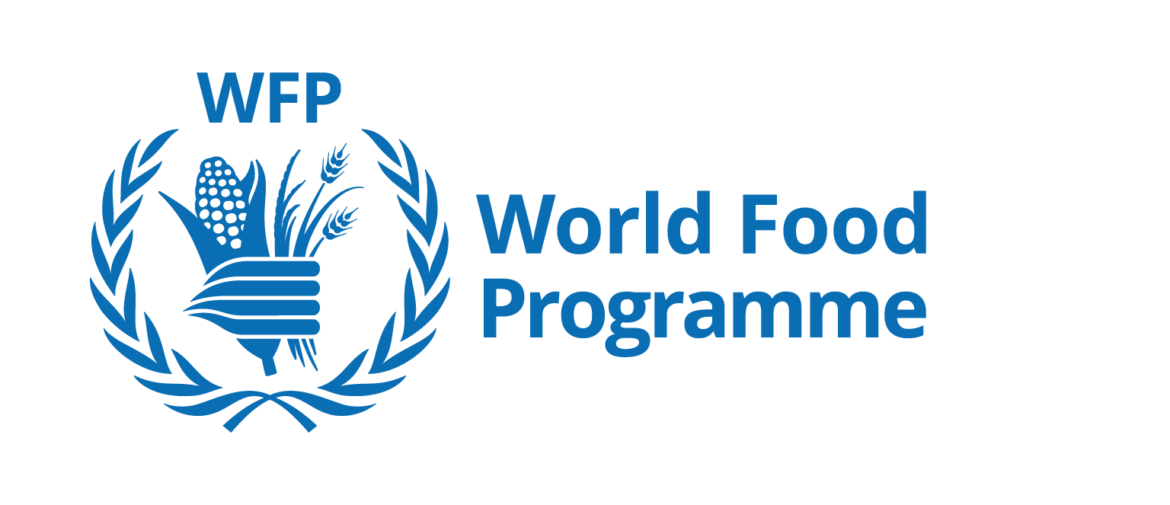By Asmau Ahmad
The World Food Programme (WFP) says it is facing an unprecedented funding gap of $426 million dollars for its operations in Ethiopia, as it ramps up delivery to meet the needs of up to 12 million people this year.
In September, WFP started delivering emergency assistance to communities in regions bordering war-torn Tigray. So far, the conflict has forced 300,000 people from their homes and 1.7 million into the next-door provinces of Afar and Amhara.
In coordinating with Ethiopia’s federal and regional government authorities, the goal is to reach 530,000 people in Afar and 250,000 people in Amhara with plans to scale up the operations as needs increase and funding is received.
In Tigray, food security continues to worsen and the WFP and its partners are struggling to scale up and meet the urgent food needs of 5.2 million people.
Food stocks were almost entirely depleted until Monday, when the first convoy in over two weeks, entered the region. Over 100 trucks conveyed 3,500 metric tons of food and other life-saving cargo, including fuel and health and shelter items.
WFP’s Regional Director for Eastern Africa, Michael Dunford, welcomed the collaboration with the federal and local authorities, to ensure the safety of the convoy.
“But much more is needed and this momentum must be sustained otherwise we cannot hope to deliver enough food to save millions from falling deeper into hunger,” he was quoted him as saying.
In the meantime, WFP expects to reach up to three million people in the region, an increase of 900,000 since it took over operations in two north-western districts, Shire town and Tahtay Koraro, from its non-governmental food partners.
“Time is running out for millions across Northern Ethiopia and if we don’t get additional funding right away we will be forced to cut rations or, even worse, halt distributions to some four million people we’re trying to reach in Afar, Amhara and Tigray in the coming months,” Dunford said.
Across Ethiopia, over 13.6 million people are estimated to be food insecure due to the combined effects of a prolonged drought, flooding, desert locust invasions, market disruptions, high food prices, and the COVID-19 pandemic.
The situation has only been made worse by the recent conflict spreading across the northern parts of the country, the WFP said as it stated its needs for the extra $426 million dollars to expand its emergency food assistance response over the next six months.
The funds would also provide long-term food security solutions for people as they enter the annual ‘hunger season.’




